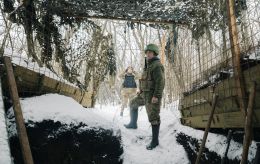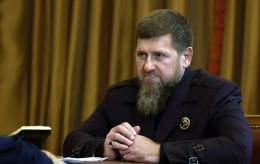Russian threats and new mobilization rules: Summer forecast for Ukraine's front and rear
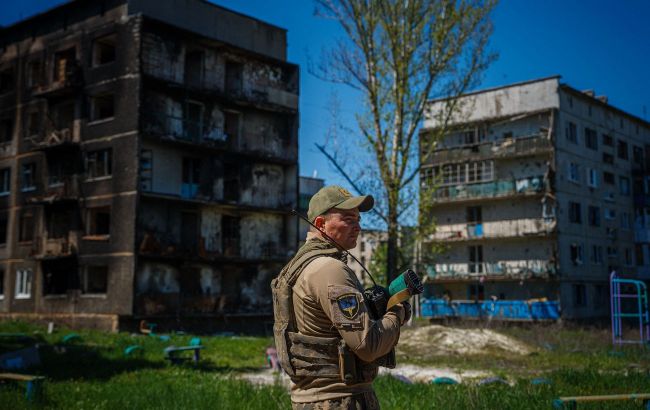 What awaits Ukraine at the front this summer (Getty Images)
What awaits Ukraine at the front this summer (Getty Images)
Authorities and military officials are warning of increased Russian activity on the front this summer. To deter the enemy and bolster units, a new mobilization law has been passed, set to take effect in a matter of weeks before summer. However, Ukraine may face another problem by that time – a deficit in the energy system. More details in the RBC-Ukraine's report below.
Content:
Russians continue their offensive actions on multiple operational fronts. However, military and political representatives anticipate the peak of attacks from the enemy to occur during the summer months. At this juncture, Ukraine finds itself in a precarious position. Ukrainian units suffer from a shortage of personnel and ammunition. Additionally, Ukrainian air defense, amidst increasing Russian shelling, faces shortages of anti-aircraft missiles and equipment for protecting energy facilities and civilian populations.
To replenish troops for deterring the enemy, a new mobilization law has been enacted. The active pressure from Russians on the front, coupled with Iran's strikes on Israel, prompted the US Congress and Republicans to reach a consensus on providing aid to both our countries. Meanwhile, European partners have begun intensive searches within NATO for additional Patriot air defense systems to protect Ukrainian energy facilities. The key question currently unanswered is whose side time will favor in these struggles.
Developments on the front
Russians are currently advancing with varying intensity on several fronts, ranging from Kupiansk to the southern part of Donetsk region. The most active combat actions are taking place in three areas: around Chasiv Yar, from where the enemy aims to move towards Kostiantynivka; from Avdiivka towards Pokrovsk; and from Maryinka to Kurakhove.
All these settlements are just intermediate objectives for the Russians. The more overarching goals for the enemy at this stage of the war are the occupation of the Kramatorsk agglomeration and the elimination of the Ukrainian salient in the Vuhledar area. Capturing these territories would significantly advance Putin towards one of his declared war objectives – taking control of the entire Donetsk region.
Another scenario that has been circulating in the media lately is Moscow's preparation for a possible advance on Kharkiv. This version is fueled by the enemy's intensified attempts to destroy the city's infrastructure. Moreover, the recent troop redeployment by the enemy, which covered the border areas of Bryansk, Kursk, and Belgorod regions of Russia, resulting in the creation of a new grouping named North, also suggests preparations on the Russian side.
Additionally, Kremlin propagandists are spreading threats of moving towards Kharkiv. Recently, Russian Foreign Minister Lavrov openly said that Kharkiv will play an important role in Putin's idea of creating a demilitarized "sanitary zone" in Ukraine.
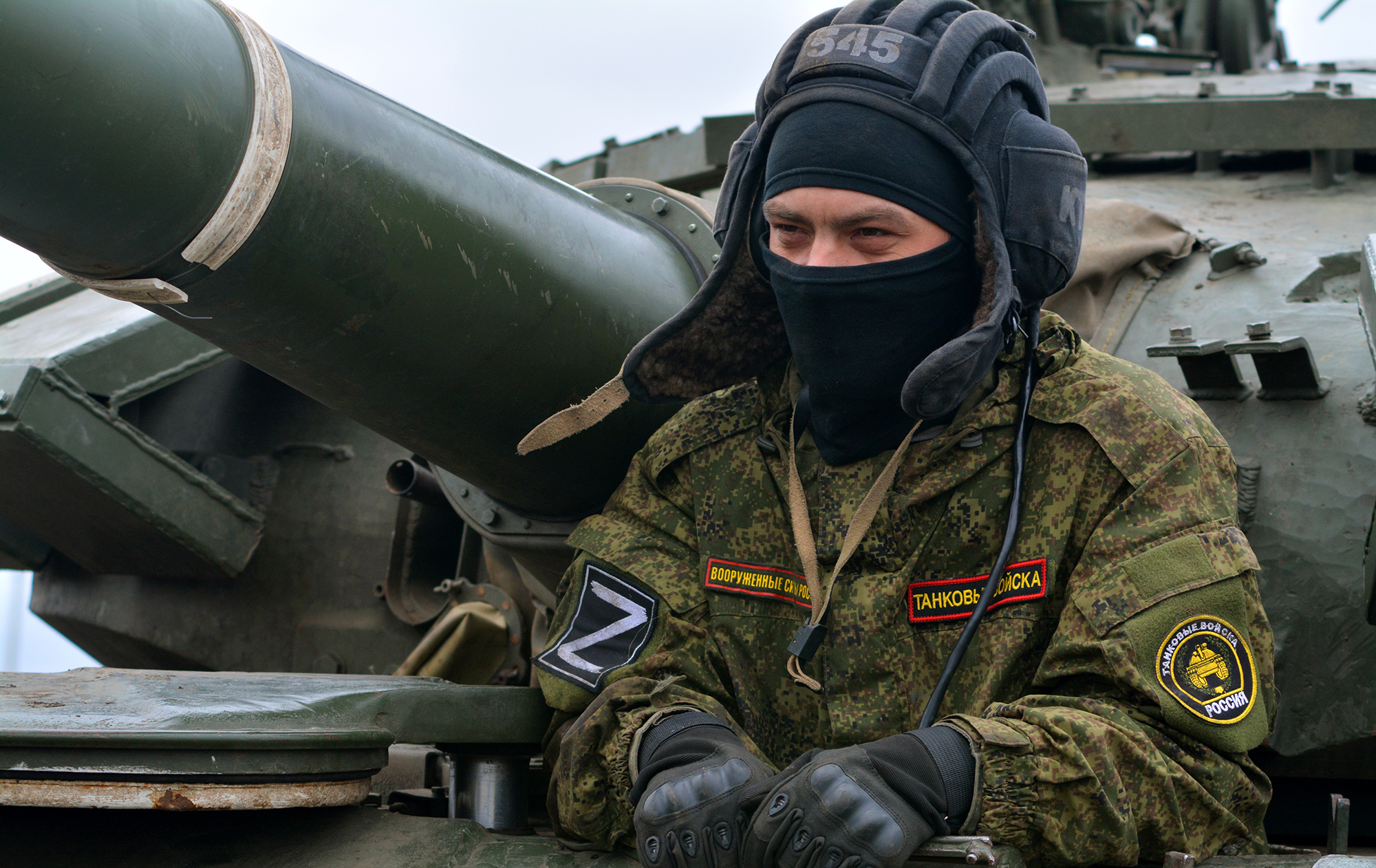
Russians will try to occupy the Kramatorsk agglomeration (photo: Getty Images)
RBC-Ukraine's sources within the Ministry of Defense suggest that the risks for this city could indeed escalate at the beginning of summer. Russians may simulate or even stage a border breakthrough attempt somewhere near Kharkiv to compel Ukrainian command to redeploy troops from other directions. Then, they could exploit the gap in Ukraine's defense for further advancement, primarily in the Donetsk region. It's important to understand that as of now, Russians lack the adequate number of troops for a real campaign or seizure of Kharkiv, and they won't have it until June.
Informed sources within the intelligence services believe that reaching the administrative border between the Donetsk and Luhansk regions will remain Moscow's priority for the summer campaign. At the same time, the enemy will attempt to regain the territories it lost during last year's Ukrainian offensive operations in the South. However, Russians may only switch to more active offensive actions towards the end of summer – in August-September, according to insiders. It is during this period that Russia plans to complete the formation of new units and formations. However, this forecast hinges on two crucial variables: the volume and nature of military aid from the US and Europe, and the replenishment of Ukraine's forces.
New mobilization law
To replenish troops on the front lines, the Cabinet together with the Parliament has developed a new mobilization law. How will it work? After this law comes into force on May 16, men aged 18 to 60 have 60 days to update their military registration data. Those already in military service do not need to do so.
Updating data can be done through one of three methods, explained a member of the Committee on National Security, Defense, and Intelligence, Fedir Venislavskyi. The first is through territorial military commissariats and their branches. The second is by registering an electronic cabinet and updating data remotely through it. The third is by using the services of the Center for the Provision of Administrative Services.
The operation of the electronic cabinet is one of the issues that the Cabinet needs to finalize. The Parliament expects it to be launched before the law takes effect. However, summonses will not be sent through this electronic cabinet – they will continue to be handed out in paper form as before.
"The Cabinet of Ministers of Ukraine needs to develop a series of subordinate legislative acts. When we discussed this bill in the committee, representatives of the Ministry of Defense informed us that the vast majority of these documents are already nearly ready – concerning armor, military transport duty, and the mechanism for remote updating of personal data," Venislavskyi told RBC-Ukraine.
Since the law also revises the grounds for deferment from mobilization, some individuals may lose this right after the 60-day period. Changes will also affect men pursuing second (i.e., non-consecutive) higher education. According to Venislavskyi, they will lose the right to deferment after the end of the academic year.
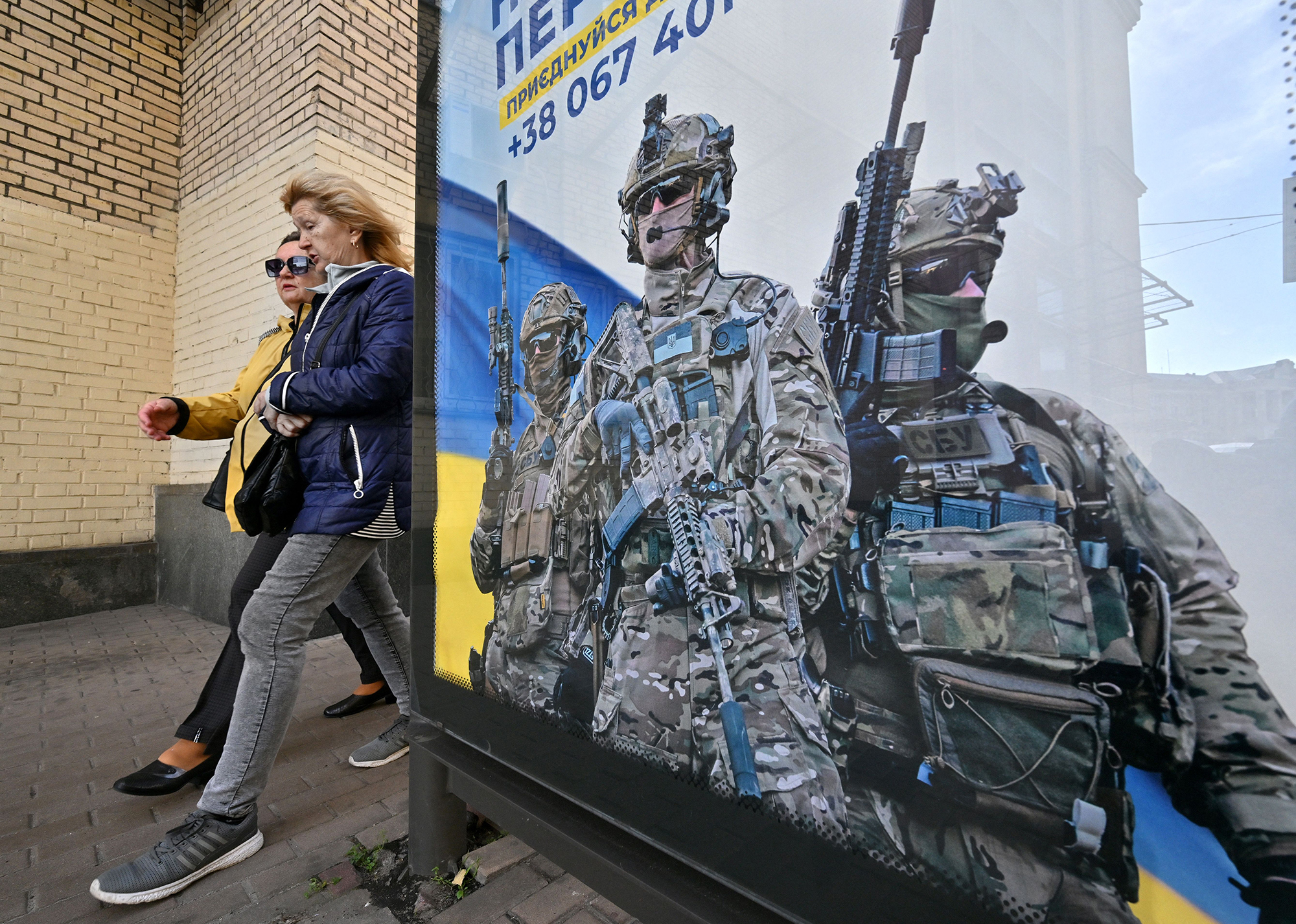
How mobilization in Ukraine will change with the new law (photo: Getty Images)
Men classified as having limited fitness status must undergo re-evaluation within 9 months.
In case of ignoring the summons, the Territorial Military Commissariat (TMC) has the right to apply to court to impose a temporary ban on driving a vehicle on the violator. Simultaneously, the Committee on Law Enforcement is preparing for the second reading of another bill related to penalties for violating mobilization and military registration. It includes strengthening administrative responsibility and significantly increasing fines. Venislavskyi predicts that it will be adopted and come into force before the "basic" mobilization law takes effect.
The authors of these laws aimed, firstly, to provide a real picture of the mobilization resource in the country. Secondly, to introduce stricter penalties for those who do not contribute to it and do not update their military registration data or evade mobilization. And thirdly, the mobilization law was intended to organize and streamline the work of the TMC, and to make stories of people being caught on the streets by TMC a thing of the past. Whether all these documents will have the expected effect in practice remains a question.
"The quantitative effect of the new mobilization law will certainly not be felt this summer. According to estimates heard in our committee, this law may start working in about six months – by that time, it will already have such an effect. That is, by mid to late autumn, we will have a fully operational law," Venislavskyi replied.
For national security reasons, the Defense Forces request not to publicly disclose neither Ukraine's need for mobilization nor the number of individuals currently being recruited into the army.
Energy situation in the summer
In addition to direct actions on the front lines, Russia once again seeks to exhaust Ukraine by targeting its energy infrastructure. Since late March, occupying forces have carried out several series of localized and mass attacks on energy system objects in various regions of the country.
At the state-owned PJSC Centrenergo, they speak of a 100% loss of generation previously produced by their thermal power plants (TPPs) – both Zmiivka in the Kharkiv region and Trypillia in the Kyiv region, according to official reports, were completely destroyed.
At DTEK – another major private holding – it was reported that they had already lost 80% of their generating capacities. Five out of six of their TPPs in the territory controlled by Ukraine have suffered serious damage.
Shelling targeted both hydroelectric power stations (HPPs) and heating supply objects. From open sources, it is known that over the past few weeks, the enemy attacked at least two TPPs – in Sumy and Kharkiv. In addition, strikes were directed at the facilities of the power transmission system operator Ukrenergo, which ensures the transmission of electricity to consumers. In several regions, the company was forced to implement power outage schedules. Ukrenergo warns that due to Russian strikes in the summer, Ukraine may face an electricity deficit.
"During the summer, from time to time, there may be a deficit in the Ukrainian energy system caused by Russian mass strikes on power plants. This is due to the fact that the full restoration of our power plants will take quite a long time," explained Mariia Tsaturian, Director of Communications at NEC Ukrenergo.
She clarified that spring and summer are periods of repairs at power plants as they prepare for the next heating season. The repair campaign at nuclear power plants has already begun, and more and more capacities will be forced into temporary repairs during spring and summer.
"So, sometimes we will feel a deficit in our system, which we will try to cover precisely by importing electricity from Europe, and in case of its deficit or insufficiency, we will seek emergency assistance or apply certain consumption restriction schedules for industry and business," Tsaturian said.
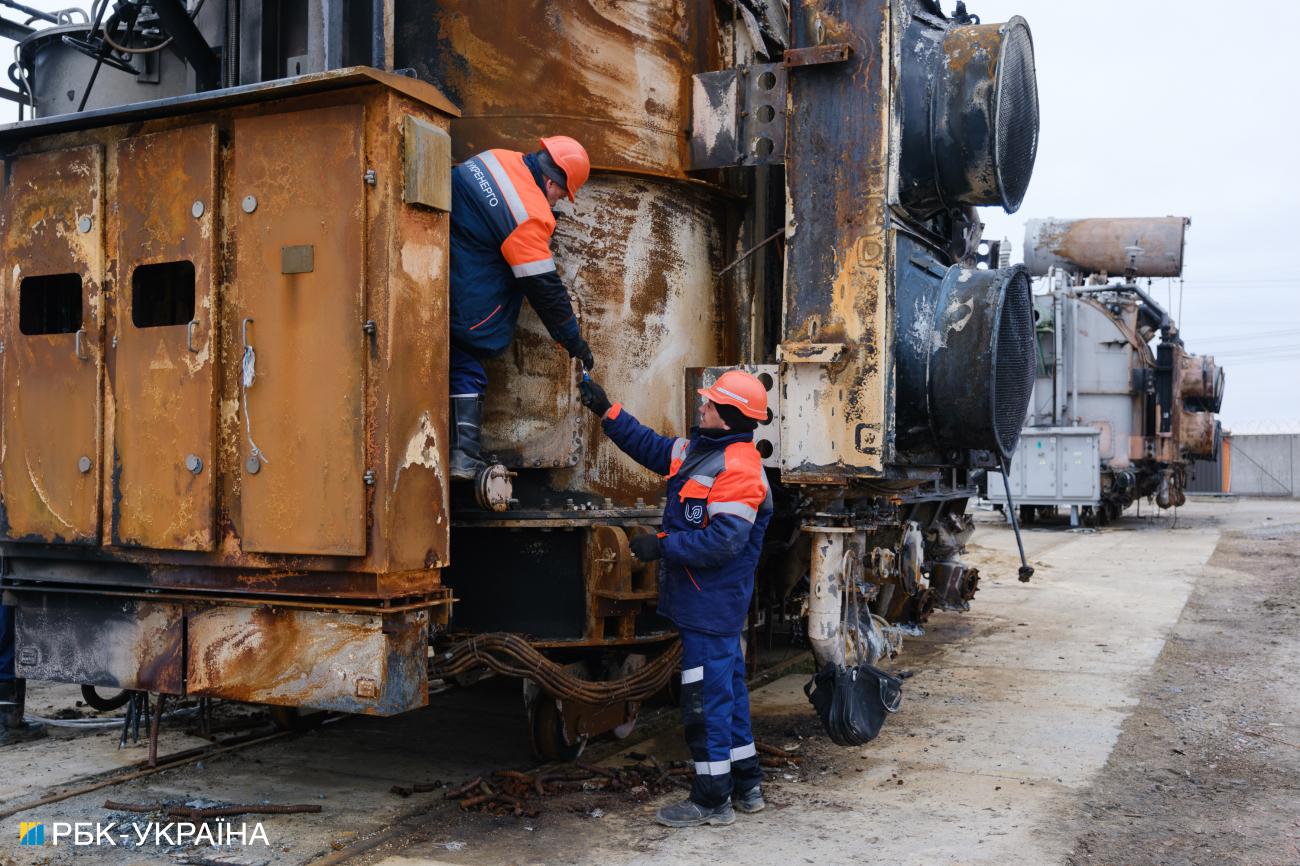
The Ukrainian power system may face a shortage in the summer (photo: Vitalii Nosach, RBC-Ukraine)
Deputy Minister of Energy Svitlana Hrynchuk said that in two weeks, Russia destroyed the results of a year's efforts to repair Ukraine's energy facilities. Moscow has refined its tactics of attacks since last season. Along with the military command, a team of Russian energy specialists plans the scheme of shelling Ukrainian energy facilities. One of the "advisors" on this issue is also the first deputy head of Putin's Administration, Sergey Kiriyenko. Since 1997, he has been working in the energy sector, including in the Russian Ministry of Energy, and from 2005 to 2016, he headed Rosatom.
Unlike last year's shelling, Russia now targets the power plants essential for balancing the system during peak consumption periods and the infrastructure designed for energy imports. The enemy no longer launches one or two rockets at a single object but aims a dozen or more devices, including Shaheds, at it simultaneously. Moreover, during this "rocket campaign," Moscow has started to use significantly more ballistic missiles, considering that in most regions of Ukraine, there are no means capable of intercepting such missiles. All of this combined leads to a quicker and more devastating outcome.
While in the case of electricity, cities and consumers can try to reconnect to other lines or branches, the decision regarding heating can be much more challenging. For example, the thermal power plant in Kharkiv is almost completely destroyed, and restoring heat supply until autumn seems impossible.
Sources in the intelligence services suggest that Russian attacks on energy infrastructure may continue into the summer. This will depend on the missile stockpile they have at that time and whether they can achieve their goal. According to RBC-Ukraine, Russia currently has about 930-940 high-precision missiles of operational-strategic and strategic levels with a range of over 350 kilometers in its arsenal. Previously, General Skibitskyi of Defense Intelligence told RBC-Ukraine that usually, Moscow tries to keep its reserves at no less than 900 missiles. When their quantity approaches this threshold, Russians pause in mass shelling and switch to more targeted attacks.
Another type of weapon poses a new threat – the Kh-69 missiles, which are not included in the statistics. There have been several instances of the enemy using these missiles. Defense sources believe that it was these missiles that destroyed the Trypillia thermal power plant. Its main feature is the ability to fly up to 400 kilometers and be launched from tactical aircraft. Whereas it was previously believed that various Su aircraft were equipped with weapons that could not reach more than 250 kilometers, now a larger area of Ukraine falls under the threat.
It is not known exactly how many Kh-59 missiles Russians manage to upgrade to Kh-69 per month. By the end of last year, stocks of Kh-69 could have been about 60 units, and now their number may be around 55.
The goal of Russian strikes is to leave the Ukrainian population not only without electricity but also without heating next winter. At the same time, Moscow wants to cut off electricity and heating simultaneously in several major cities, as this will lead to a new wave of migration, increased war fatigue, and significant economic consequences for the country. The only way out of this situation may be to increase the number of Patriot-type air defense systems and other Western systems capable of defending Ukraine's skies. Recent weeks have shown positive signals and shifts in this direction from both NATO and the United States, in particular.
